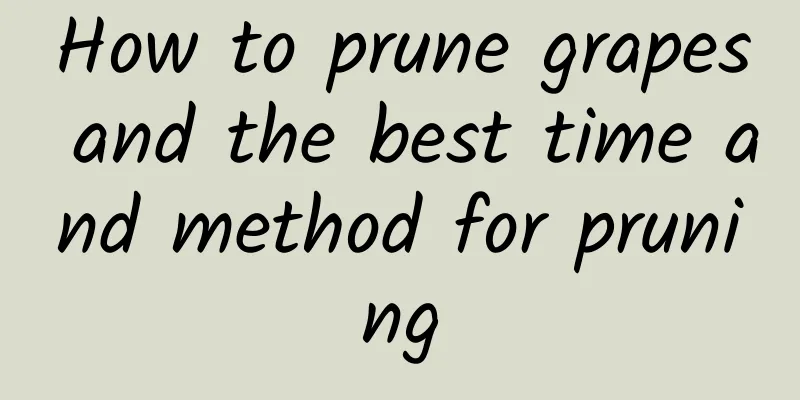What are the propagation methods of Dendrobium officinale

Dendrobium officinale propagation method: divisionChoose plants with dense growth. After they have bloomed, take them out of the pot, remove the old ones, and cut them from the base of the clumped stems. Try to damage the roots as little as possible when cutting, and only cut the parts that are connected to each other. Open the roots with your hands, and do not use a knife to cut them. Treat the main plants as a group and further remove the old roots. Place the new sprout close to the center of the pot, fill in new substrate and compact it to form a new plant. Dendrobium officinale propagation method: bud divisionWhen plants that have been potted for more than 3 years or some of the stems of Dendrobium officinale have small plants growing on the top or base, they can be propagated by cutting buds. Select a small plant with 3-4 leaves, 2-3 roots and a root length of 4-5 cm, cut it from the mother plant, treat the wound with wood ash or 70% mancozeb, and plant the seedling in a pot. Wang intended to plant shallowly. After 2 years of cultivation, it will generally bloom and become a commercial flower. Dendrobium officinale propagation method: cuttingsCutting propagation can be carried out together with repotting and division after flowering. Stone Touch Orchid has a slender, fleshy stem with many nodes, on which buds can grow, so it can be propagated by cuttings. Choose unflowered and relatively full branches for sowing, cut the branches into several sections, each with 2-3 nodes, and apply wood ash or 70% mancozeb on the wounds to treat them. Insert the stems section by section into a substrate mixed with moss and peat, with half exposed, and place them in a semi-shaded and humid place. No need to water for one week after planting, then spray frequently to keep moisturized and provide appropriate shade. After 1-2 months, new buds will grow at the nodes, and 2-3 small roots will grow under the new buds to form new plants. Put the new plant together with the old stem into the pot, and it will bloom after 2-3 years of cultivation. The best time for cuttings is from April to August. |
<<: How to protect foliage plants from cold and frost in winter
>>: When is the best time to divide the seedlings of Clivia
Recommend
How to store Oxalis bulbs
Early knowledge on the preservation of Oxalis bul...
How to water the bean tree? The correct way to water
Overview of Watering Bean Trees When watering gre...
How to grow vines
1. Breeding environment 1. Soil: To grow vines, y...
Can cat poop be used as fertilizer?
Cat poop as fertilizer Cat feces can be used as f...
How to plant chive seeds Chive seed sowing time and steps
Leek seeds are a plant of the lily family. After ...
What soil is best for growing violets?
Violets have certain requirements for soil. The s...
If you want beautiful and charming flowers, choose these 6 kinds. Don’t miss them if you love beauty!
orchid Effect: lighten dark circles, repair eye s...
Is the avocado yield high? What is the yield per acre?
Is avocado production high? The yield of avocado ...
How to grow tiger jasmine
1. Breeding methods: 1. Watering: It needs to gro...
The difference between Huayueye and Thickleaf Huayueye
The difference between Huayueye and Thickleaf Hua...
The whole family was disgusted when they picked up this junk from the trash can, but they were dumbfounded after they planted flowers in it!
Turn a broken jar into a flower pot and it will i...
Causes and treatments for yellow leaves of cyclamen
1. Lack of sunlight 1. Reason: Cyclamen is a rela...
How to grow potted jasmine? Does jasmine need to be pruned?
1. How to raise 1. Soil: For jasmine grown in pot...
How to grow fig trees
Basic needs for fig growth Lighting conditions Th...
Is Black Mage expensive?
Price by region The price of Black Mage is differ...









